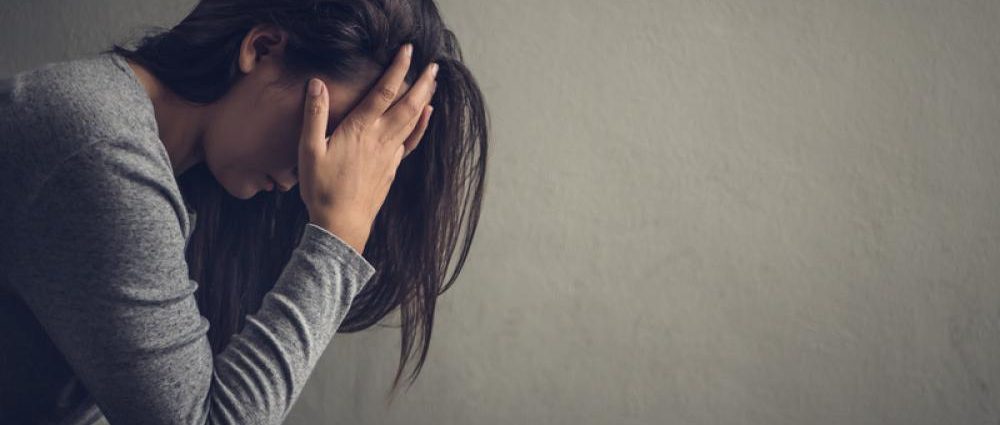Why has suicide become a forgotten topic that no one talks about? How has it become a taboo? If we want to find a solution to a problem, the first step is to gather enough information about it. Otherwise, the solution we find will not be effective and our efforts will have been in vain.
It is therefore important to identify the risk factors associated with suicidal behavior, both at the individual and environmental levels. It is equally important to identify the protective factors that can help prevent or reduce it. This will make it easier to know what is happening and what we can do about it.
Suicide: one of the most serious social problems
According to the WHO, suicide is among the top fifteen causes of death worldwide and is the leading cause of violent death. Although World is not among the countries with the highest suicide rates, the trend is increasing.
It is estimated that nine people commit suicide every day in our country. This is a priority public health problem since more than one million people commit suicide every year around the world. These figures have been increasing in recent years and it is estimated that they will continue to grow shortly.

The consequences that this has on the quality of life of the population are not few, mainly due to the psychological and social impact that falls on the people closest to them. They are deeply affected on an emotional, social, and economic level.
This is why it is increasingly considered important to study and identify the factors associated with this behavior to carry out prevention and intervention programs. This is particularly important if we analyze the causes of death in the adolescent population since suicide is one of the three main causes of death among young people aged 15 to 24.
What can we do to prevent suicidal behavior?
If preventive measures are to be implemented against suicide, the first thing to do is to study what the risk and protection factors are. Identifying them can give us clues about how and when to intervene. Even so, not all the weight falls on these factors. Also having an important influence is the patient’s type, their current situation in life, and what stressful life events can trigger suicidal behavior.
Mental disorders are considered one of the most important and prevalent risk factors for suicide. That is why special attention has been paid to this aspect in many studies that have been carried out over time on this topic. Among these disorders, bipolar disorder, depression, and psychotic disorders (e.g. schizophrenia) stand out. As for other risk factors, the following could be highlighted:
- Previous suicide attempts.
- Family history of suicidal behavior.
- Stressful life events: divorce, financial difficulties, etc.
- Inadequate or non-existent social and family support.
- Etc.
Despite the above, we must not forget that there are also protective factors. Protective factors are defined as those factors that decrease the probability of suicide taking place even when several risk factors are present. These protective factors include:
- The ability for social relations.
- Self-confidence.
- Have children.
- Quality socio-family support.
- Etc.
A good option to prevent suicide
We can conclude that suicide is more than just a set of individual factors. Thus, a mental disorder does not cause it by itself, the environment also has a lot to do with it.
Similarly, there are protective factors at both the personal and environmental levels. This is always positive. The more protective factors there are in a person at a certain risk of carrying out suicidal behavior, the easier it will be to intervene or prevent that person.
All of the above paves the way for the current trend to be reversed. Therefore, a good option would be to design prevention programs aimed at people who, due to their situation, fit the profile. All of this without forgetting to enhance the protection factors that already exist, however scarce they may be.
All sources cited were thoroughly reviewed by our team to ensure their quality, reliability, timeliness, and validity. The bibliography of this article was considered reliable and of academic or scientific accuracy.
